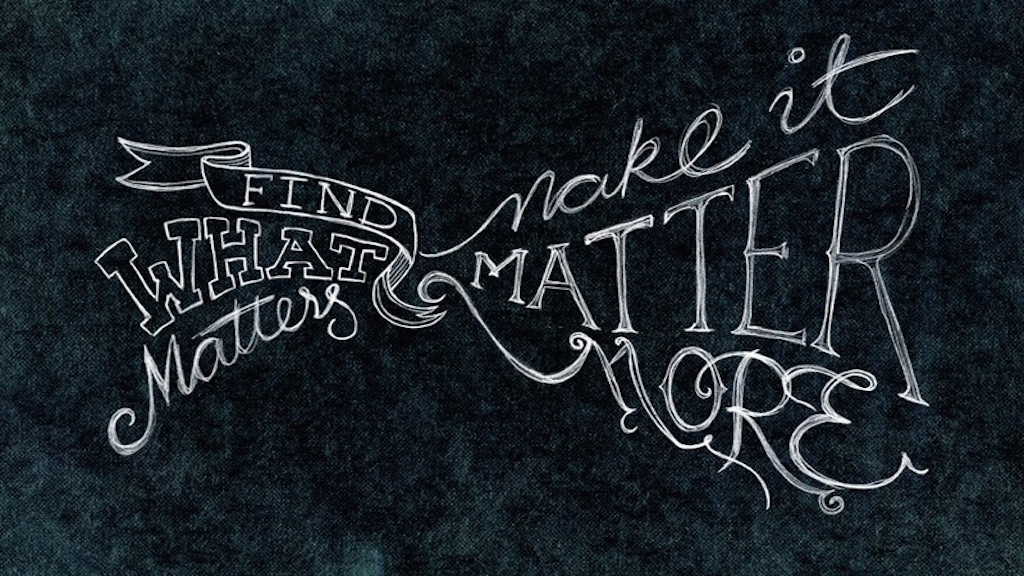By Lisa Gill and originally published on Medium
Comment by Enlivening Edge: You can read another EE article about this event, here.
Folk and Neo share their journey of becoming a Teal organisation at an event hosted by Future Considerations and B Corps
‘I’m so impressed by the courage of the leaders,’ commented one man last night after hearing stories of two companies who made the leap to ‘go Teal’. It certainly isn’t an easy or instantaneous change, we learned, but much more of an organic and gradual process.
‘Teal’ refers to a next stage of organisational consciousness, characterised in Frederic Laloux’s book ‘Reinventing Organisations’ by the three principles of self-management, wholeness and evolutionary purpose.
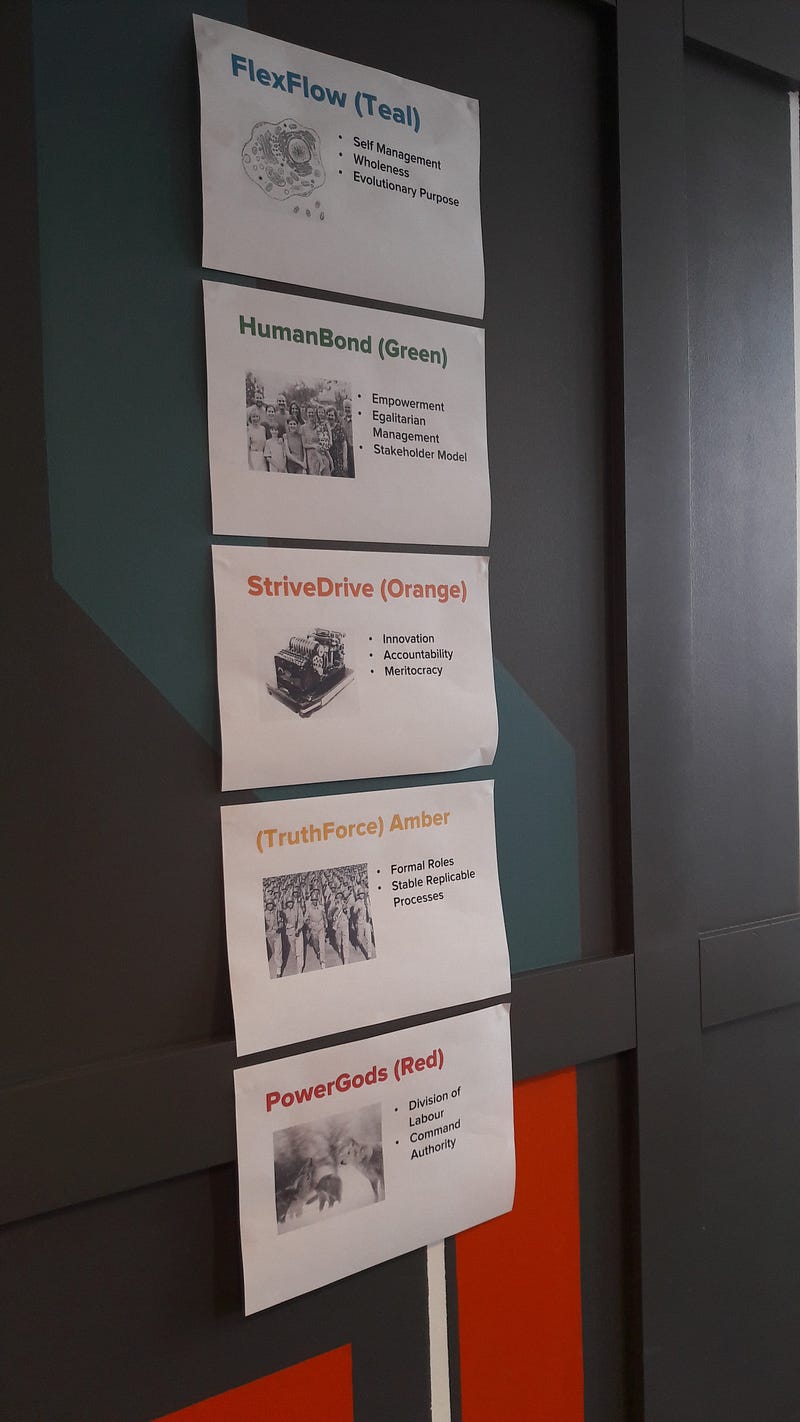
Going Teal takes courage
Andrew Timms from Folk, a creative agency based in Bournemouth, gave us a warts-and-all-account of their transition. When their founder Joanna Cruickshanks announced the decision to go Teal in October, just one month after becoming an accredited B Corp, chaos erupted. Clients were anxious that projects wouldn’t be delivered on time. Project managers were horrified at the prospect of losing their status and allowing developers to manage their own time. People threatened to hand in their notice.
After a couple of months of transition, Folk introduced two week sprints as an experiment to see if it would help people plan their work and share their learning. The process stuck and it’s helped create the conditions for successful self-management and people to bring their whole selves to work. The project managers said goodbye to their Gantt Charts and found new roles as copywriters and tutors. There are no longer any formal job titles which has allowed beautiful discoveries to occur like a coder overhearing copywriters discussing a project and revealing his latent ability for creative writing.
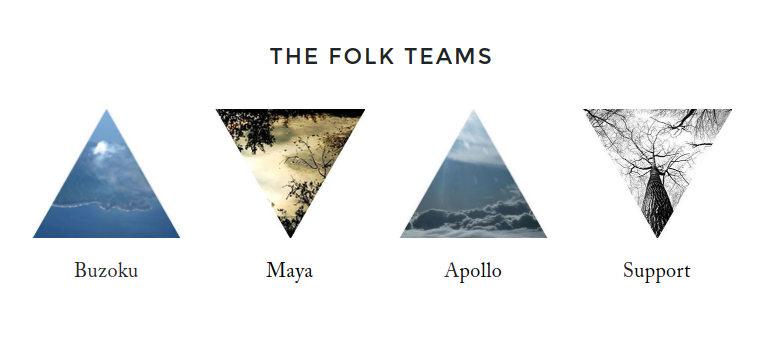
Andrew offered us the following lessons when going Teal as an organisation:
- Be prepared to battle egos
- Be prepared for failure
- Don’t shy away from confrontations
In the end, no employees left and all of the project managers remained. Some of Folk’s clients have been hard to convince as many of them are big fashion brands who find the concept of Teal somewhat ridiculous. A couple of clients have gone elsewhere but Folk has also gained a number.
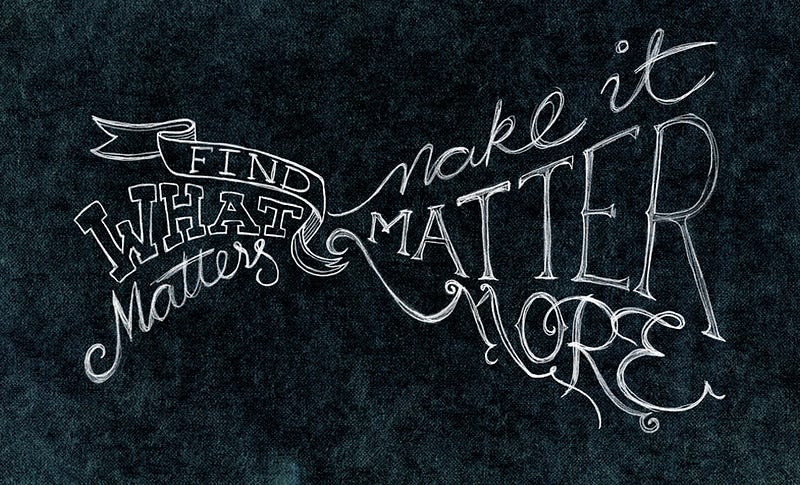
From wholeness to self-management
At the other end of the scale, Nicole Bradfield from Neo in Brighton (a ‘brand and communications agency for the world we want’) was inspired by one of their clients going Teal. Convincing clients of the merits of Teal hasn’t been an issue as they work solely with charities and purpose-driven organisations.
Neo began their Teal transition through the lens of wholeness, training employees in mindfulness, appreciative feedback, active listening and coaching techniques. Anyone is allowed to block out ‘Orange Time’ in their diaries to use as time to invest in themselves. There are no rules about how long anyone can take and no one is allowed to question a person’s Orange Time (although people initially struggled with feeling entitled to taking this time so it’s taken some adjusting to). Having integrated wholeness into everyday work life, the company then turned to self-management.
Employees manage their own working hours and there is no limit on holiday allowance. Nicole has also begun removing any management structures that don’t make sense or serve anyone. More recently, the team made a decision to remove the Managing Director role altogether and introduce in its place a democratically-appointed team of three who will act as ‘enablers’, sensing and responding what’s needed within the organisation and where to go next. Nicole described this role as like hollow bamboo, allowing what’s happening to rise to the top and be made visible to the rest of the team.
‘Going Teal isn’t flicking a switch, it’s much more like a cascade effect,’ Nicole explained. She also dispelled the myth that self-management is removing structures or processes. In a way, she said, self-management means introducing more structures and processes but ones that make sense and that everybody owns. Every Monday morning, employees gather to reflect on the previous work — what happened and how did it feel? This is their version of a light governance meeting so that people are working on the organisation as well as in it.
So what are Neo’s current challenges?
- How to design a project process in a Teal way, governed by Neo’s own principles
- How to create the drive of an organisation without a Managing Director
- Leaders like Nicole modelling practices such as Orange Time

Experimenting with Holacracy
We also heard from Jackie Thoms and Celine McKeown from Future Considerations, a consultancy striving to enable big changes in leadership, organisations and society. Their Teal journey is summarised on their website as follows:
We went from a small partnership to a more traditional hierarchy (with the benefits and trappings that go along with that), to a leaner, more purposeful model, and now to our current experiment, centred on agility and purposefulness.
They now have only two full-time support staff; everyone else is a self-employed individual within a network. Two months ago, Future Considerations decided to adopt Holacracy. I’ve been following lots of debates about Holacracy (such as the one in the comments of this piece) and have some reservations myself but here were some insights I learnt from Jackie and Celine:
- They too had reservations about Holacracy —Jackie said she’s naturally a very intuitive person and not very process-driven. However, in a group with such diverse and valid opinions, they were finding that meetings took forever and decisions were very difficult to reach. What surprised them was that after adopting Holacracy, meetings became much less painful and much more productive.
- Holacracy is still a hierarchy, it’s just a dynamic hierarchy — counter to my original interpretation of Holacracy as being non-hierarchical, Jackie described it as a ‘dynamic hierarchy’. Yes, it’s still a hierarchy (each circle has a lead link and in Zappos, I’m told many former managers now energise this role) but it’s a dynamic one that is constantly being addressed and adapted. The power in a dynamic hierarchy is more evenly distributed and democratically formed.
- Holacracy is a total system, documented in great clarity —many people criticise the complexity of Holacracy and how difficult it is to process the constitution and all of the new rules. However, Jackie quite rightly pointed out that if we documented all of the rules, structures and processes for an existing company, it would be a huge tome. Perhaps Holacracy feels so complicated and inaccessible because it’s such a departure from the conventions that have been so ingrained in the current work paradigm.
Future Considerations is still early in the journey and it will take time to allow roles to form and old processes to be replaced one by one. I talked to Jackie afterwards about my sense that there isn’t much space for the human being and their emotional needs in Holacracy and she explained that Holacracy was never designed for this.
I was speaking to a friend, Graham Boyd, the other day, who uses Holacracy in tandem with his own approach which addresses the individuals’ needs. Another friend, Francois Knuchel of Caterfly, described Sociocracy as ‘the empty method’ which allows people to add their own details. Though there are differences between Holacracy and Sociocracy, perhaps what we’re starting to see with companies like Medium ‘going beyond Holacracy’ is the beginnings of people using Holacracy more as an empty method, adding to it the components that meet the needs of their unique organisation and people.
If you enjoyed this piece, you might like to follow me on Twitter @disruptandlearn or check out my blogs on LinkedIn.
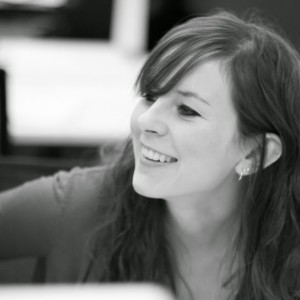
Lisa Gill is founder and director of Reimaginaire which works with leaders to reimagine their organisations, bringing people practices and ways of working into the 21st century.
